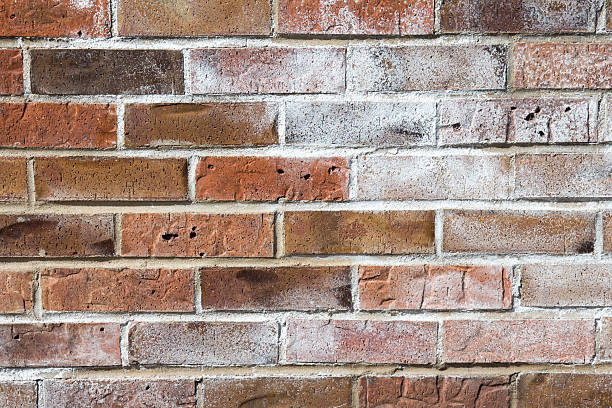
Efflorescence is a common issue that can occur on concrete, masonry, and other building materials. It is the formation of a white, powdery substance on the surface of the material, which is caused by the movement of water through the material.
Efflorescence occurs when water carries dissolved salts to the surface of the material. As the water evaporates, the salts are left behind and form the white, powdery substance. The most common salts that cause efflorescence are calcium, magnesium, and potassium. These salts can be present in the building material itself or can come from the surrounding soil or water.
Efflorescence occurs when water carries dissolved salts to the surface of the material. As the water evaporates, the salts are left behind and form the white, powdery substance. The most common salts that cause efflorescence are calcium, magnesium, and potassium. These salts can be present in the building material itself or can come from the surrounding soil or water.
Efflorescence is most likely to occur in areas with high humidity or where water is present, such as basements, crawl spaces, and areas exposed to rain or groundwater. It can also occur in areas where there is poor drainage or where water is allowed to pool against the building material.
Efflorescence can be a cosmetic issue, but it can also indicate a more serious problem with the building material. If left unchecked, it can cause damage to the material and weaken its structural integrity. It is important to identify the cause of efflorescence and address any underlying issues to prevent further damage.
Preventing efflorescence involves controlling moisture and water infiltration. This can be done by improving drainage, repairing leaks, and ensuring that building materials are properly sealed and protected. In some cases, it may be necessary to remove and replace the affected building material.
Efflorescence is a common issue that can be caused by a variety of factors. By understanding the causes and taking steps to prevent it, building owners can protect their investments and ensure the longevity of their buildings.